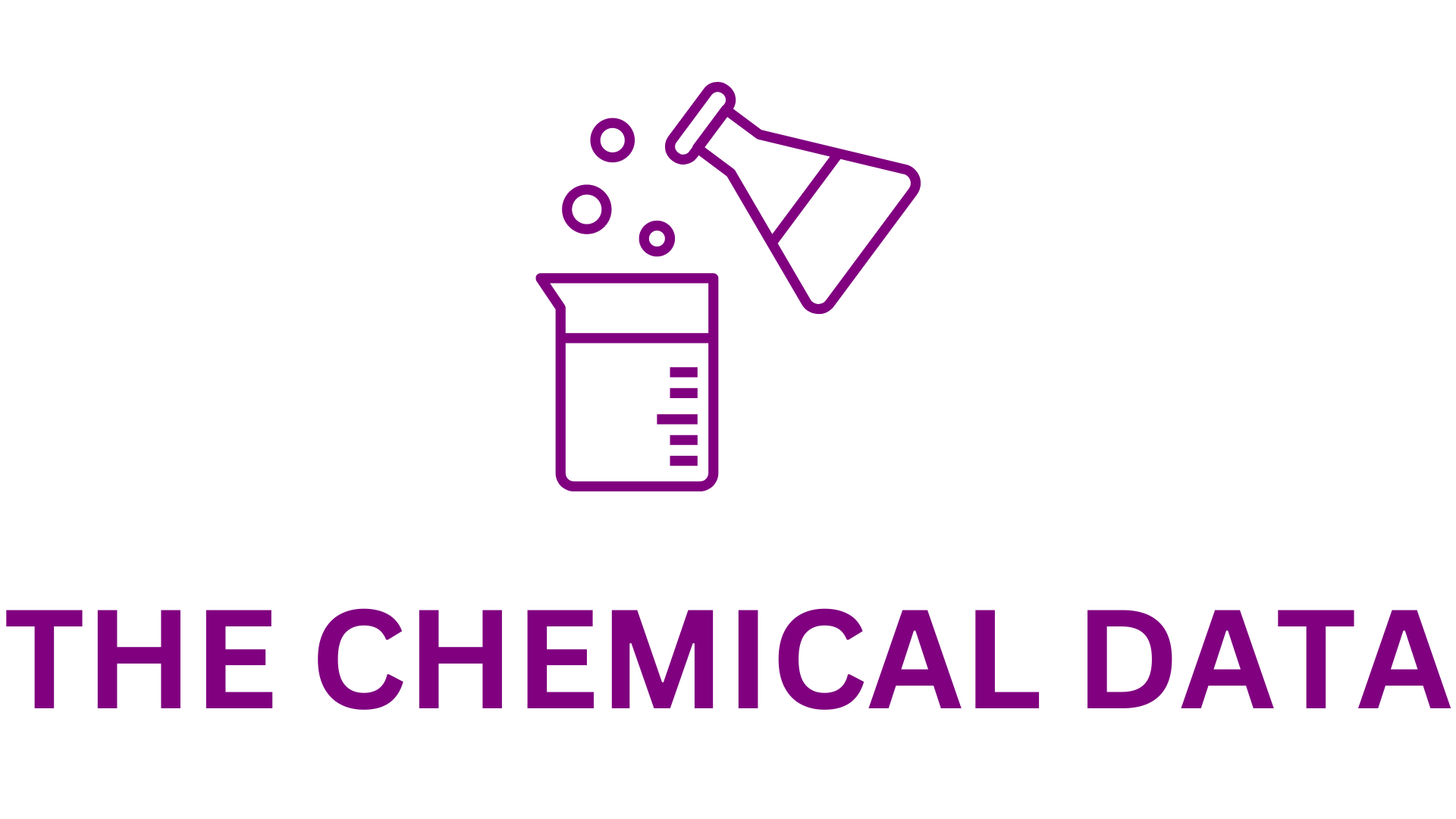
SABIC, a leading chemicals industry company, announced that B!POD, a business unit of SAES Getters, has chosen its ocean-bound plastic (OBP)-based polypropylene resin for their food vacuum containers. The partners selected SABIC® PP 576P, a high-gloss grade from the TRUCIRCLE™ portfolio of circular resins, with 50% OBP content.
Khaled Al-Jalawi, SABIC’s Global Director of Circular Economy Business, emphasized the significance of this collaboration in advancing sustainability by replacing standard virgin PP with OBP-based material. This initiative aligns with efforts to transform the plastics industry toward circularity and reduce plastic waste in the environment.
The OBP used in SABIC’s resin comes from abandoned plastic collected within 50 km of shorelines, which is then converted into plastic feedstock through advanced recycling. The resin is supplied in natural color to C.E.L. (Costruzioni Elettromeccaniche Legnaghesi), an Italian company specializing in thermoplastic processing, where it is molded into B!POD containers in various sizes and custom colors. The reusable containers are fully recyclable in existing polypropylene (PP) streams.
Ginevra della Porta, Chief Innovation Officer at SAES Getters and co-founder of B!POD, highlighted the sustainable design, featuring advanced vacuum technology to reduce food waste, materials that prevent plastic pollution, and colors inspired by endangered species, such as “orangutan orange” and “whale grey,” to raise awareness. According to market research, these reusable containers could replace over 300 non-recyclable plastic bags per person annually, reducing CO2 emissions by approximately 30 kg per capita.
The OBP-based SABIC PP 576P resin is approved for food contact, free of PFAS and BPA, and delivers easy processing, dimensional stability, low warpage, good impact strength, and a high-gloss finish. The solution is fully certified under the International Sustainability & Carbon Certification (ISCC) PLUS chain of custody.
The B!POD containers will be available across the European Union, Switzerland, and the United Kingdom by mid-2024, with expansion to Asian markets planned for 2025.







